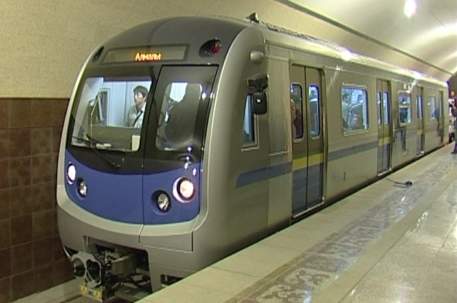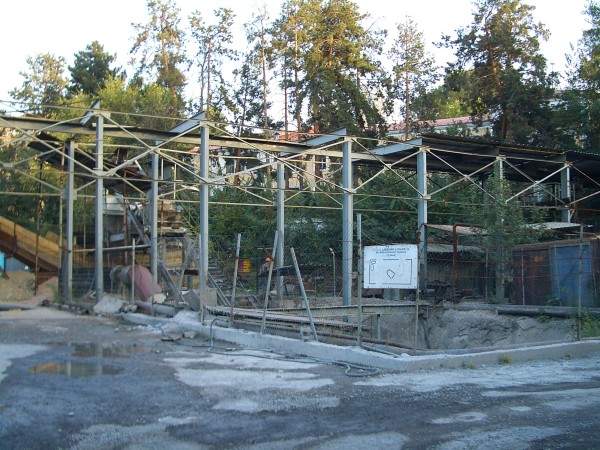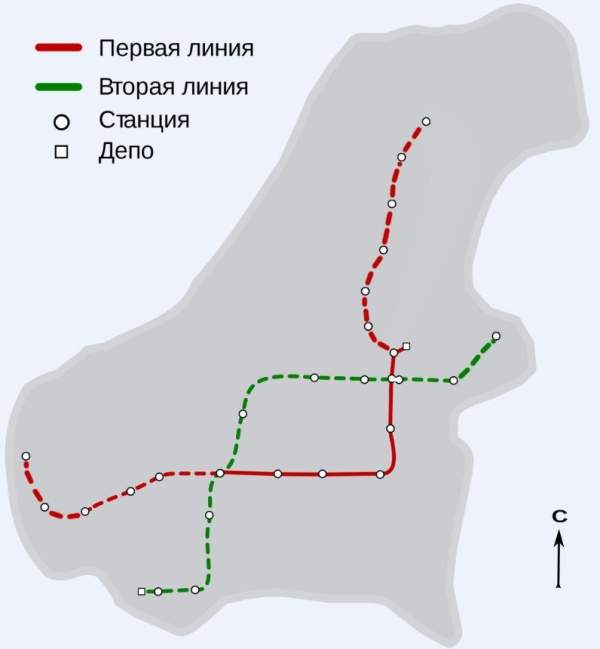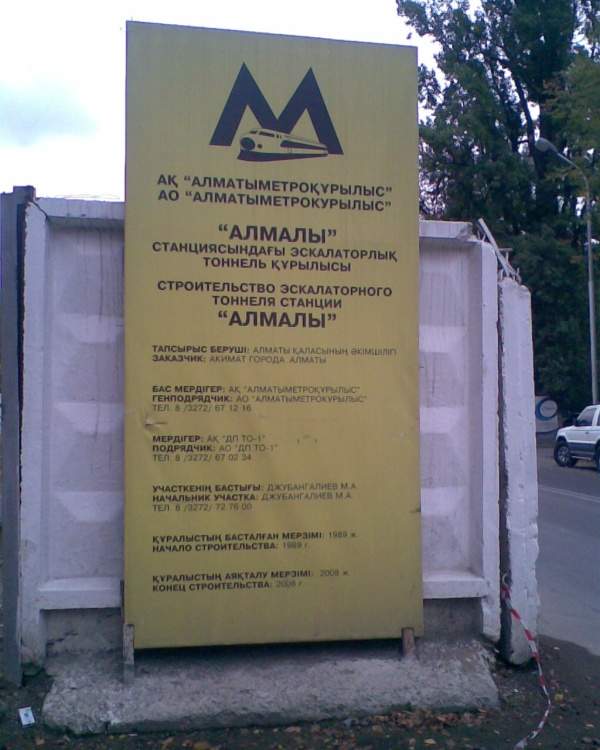Almaty Metro is the first metropolitan railway or rapid transit system of Kazakhstan. It is the second metro system to be opened in Central Asia, the first being Uzbekistan’s Tashkent Metro which was opened in 1977.
The first section of Line One of the Almaty Metro system was officially commissioned in December 2011. The estimated cost of the section was $1.1bn.
It is expected that around 26,000 commuters will ride the transit system every day. The metro line, operating seven days a week from 6am until midnight, is equipped with 29 security systems.
The transit system is an environment friendly mode of transport. The new metro rail is expected to eliminate around 300 bus routes. This will help in reducing harmful gas discharges into the air.
The system also meets all safety requirements and, with special earthquake-proof tunnel structures, can withstand earthquakes.
Background of Kazakhstan’s first metro project
A transit system for Almaty was first considered in the 1970s and a draft of the first would-be route was included in the city’s 1975 master plan. The plan was, however, never brought in as Soviet rules got in the way.
As per the Soviet rules, the government approval for a transit system was to be given only after a city’s population has crossed the one million mark. Almaty registered her one millionth resident in 1982.
Actual construction work finally commenced in 1988 when the country was still a part of the Soviet Union. Following the breakdown of the Soviet Union in December 1991, monetary help from Moscow dried up and the project was eventually suspended in 1994.
Construction resumed in 2001 and a new development plan for continued construction on the transit system was laid out by the Kazakhstan Government in 2003. In order to accelerate the project, it was included as a priority investment project in the Almaty City Development Programme approved by the government in 2005.
Project details
As per the Almaty Metro system master plan, the transit system will eventually be served by three lines having a combined length of 45km. The first section of Line One has seven stations and runs 8.5km from Alatau to Rayimbek Batyr.
Construction of the second section of Line One commenced in March 2011 and is expected to be commissioned by 2013. The section will be 8.62km long and include five stations. It will establish a connection between the centre of Almaty and the suburb of Kalkaman.
Construction of Line Two, which will establish a connection between Almaty-1 railway station and the city centre, is expected to commence in 2012.
The third line is currently in planning phase.
Contractors
The Almaty transit system was designed by Metroproject, a Kazakh company. The project is being undertaken by Almatymetrokurylys, a project developer based in Almaty. The country’s Department of Passenger Transport & Automobile Roads is acting as programme administrator.
Barrior Holdings, a general contractor, was sub-contracted to carry out all the civil works involved in the project. Energoprojekt, a Serbian company, has built the Almaly and Abay underground metro stations on behalf of AO Almatimetrokurilis.
Line routes and rolling stock
The first section of Line One starts at Rayimbek Batyr (primary station) and passes through five transfer stations (Zhibek Zholy, Almaly, Abai, Baikonur and Auezov Theatre) before ending at Alatau.
The second section will further extend Line One from Alatau to Kalkaman, a residential district located on the outskirts of Almaty. The four new stations, excluding Kalkaman, are Sayran, Moskva, Saryarka and Dostyk.
The third line would further stretch the transit system from Rayimbek Batyr, located in the centre of the city, to the Almaty-1 railway station situated in the northern part of the city.
Hyundai Corporation was awarded a $150m contract in December 2007 for the delivery of 28 electric multiple units (EMUs) along with vehicle depot tools, escalators and signal systems.
These units were built by Hyundai Rotem. The first 16 units were delivered in July 2010 and the remaining 12 units in August 2010.
The first section of Line One is deployed with three trains, each comprised of four EMUs. Each train has a carrying capacity of 940 passengers and runs at an average speed of 40km/h.











